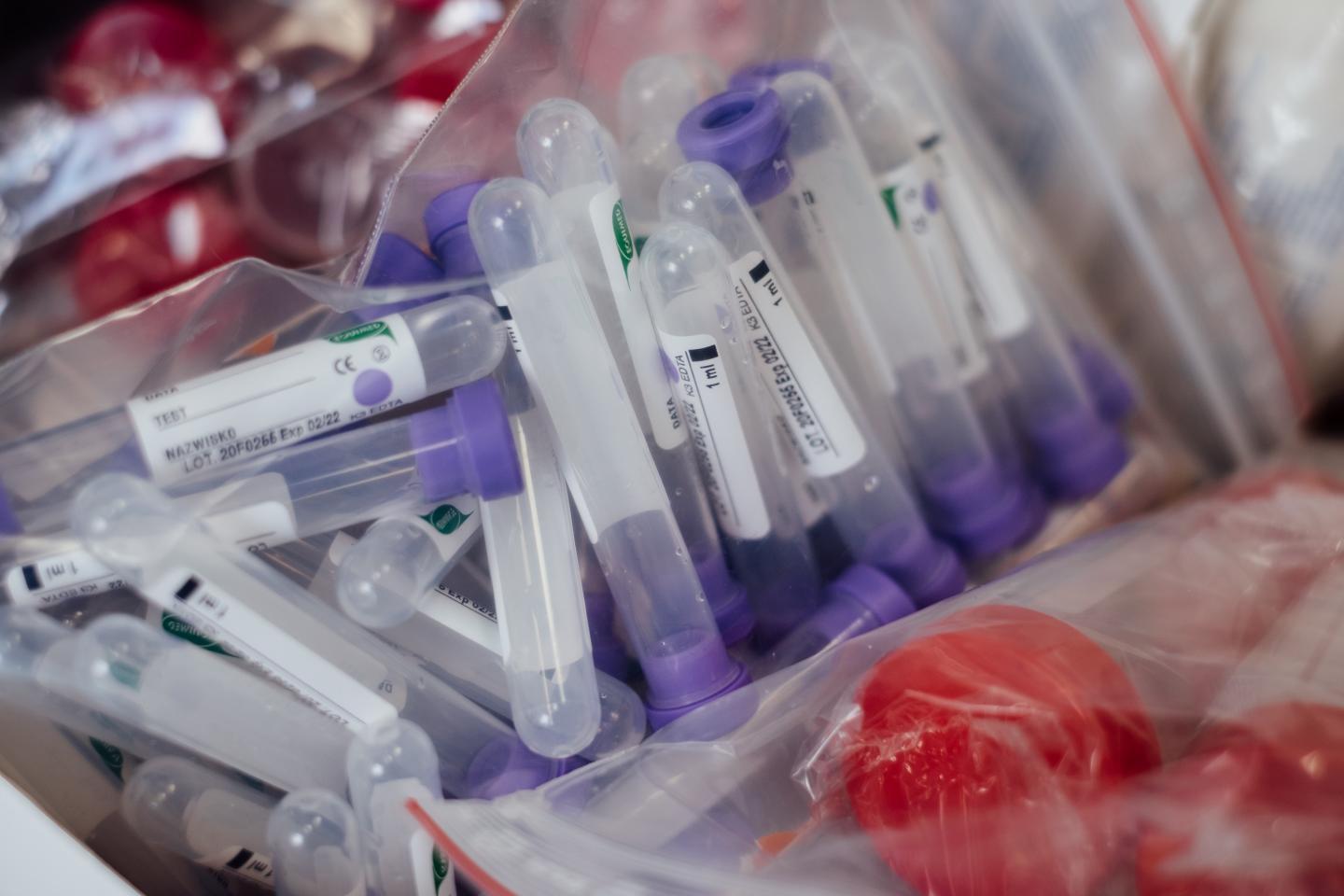First review of SARS-CoV-2 and COVID-19 infection models aims to fast track research

Credit: freestock-awl unsplash
An international collaboration between leading respiratory scientists, immunologists and clinicians, led by Centenary UTS Centre for Inflammation, has completed the first comprehensive review of all relevant animal and cellular models of SARS-CoV-2 infection and COVID-19.
The review, published in Mucosal Immunology, aims to provide a head-to-head comparison of existing disease models, including in the background of predisposing chronic diseases, and discusses the pre-clinical pipeline for the testing of new and targeted preventions and treatments for COVID-19 patients.
The researchers say that clinical trials have been hampered by the lack of this type of information derived from fundamental research.
Lead author, Dr Matt Johansen from Centenary UTS Centre for Inflammation said that everyone understands COVID-19 is causing a major “once-in-a-century global pandemic” and that there is a race to develop vaccines and identify the most effective treatments.
“Using representative animal models of SARS-CoV-2 infection, including in the background of chronic diseases such as obesity and diabetes, with validation of findings in primary human cells and tissues is the most efficient strategy,” Dr Johansen said
“By discussing all the available models and their pro’s and con’s, this will enable other readers to make informed decisions about the advantages of each model and the suitability to their applications,” he said.
Among the key points of the review are that the clearest predictor of mortality is age, with the case fatality rate rising dramatically over 60 years of age. Other predisposing factors for heightened mortality are being male, social deprivation, and chronic disease particularly chronic obstructive pulmonary disease (COPD), cardiovascular disease (CVD), obesity and diabetes.
Director of the Centenary UTS Centre for Inflammation and senior author, Professor Phil Hansbro said “Understanding the complex interactions between people with underlying diseases is critical to finding the most effective treatments for those susceptible individuals.”
“A key issue is why some individuals progress to more severe lower respiratory disease but others do not, and currently scientists aren’t really sure why”.
“Within the Centre for Inflammation, one of the things we are trying to do is use cellular and animal models to comprehensively decipher why some people get more severe disease than others” Prof Hansbro said.
###
Other institutions involved in the study are Zhejiang University-University of Edinburgh Institute (Hangzhou, China), Institut Pasteur (Paris, France), Hudson Institute of Medical Research (Victoria, Australia), Monash University (Victoria, Australia), Monash Children’s Hospital (Victoria, Australia), Hunter Medical Research Institute and University of Newcastle (NSW, Australia), University of Queensland (QLD, Australia), The University of Sydney and Royal Prince Alfred Hospital (NSW, Australia), Centenary Institute (NSW, Australia), ANZAC Research Institute (NSW, Australia)
Media Contact
Marea Martlew
[email protected]
Related Journal Article
http://dx.





